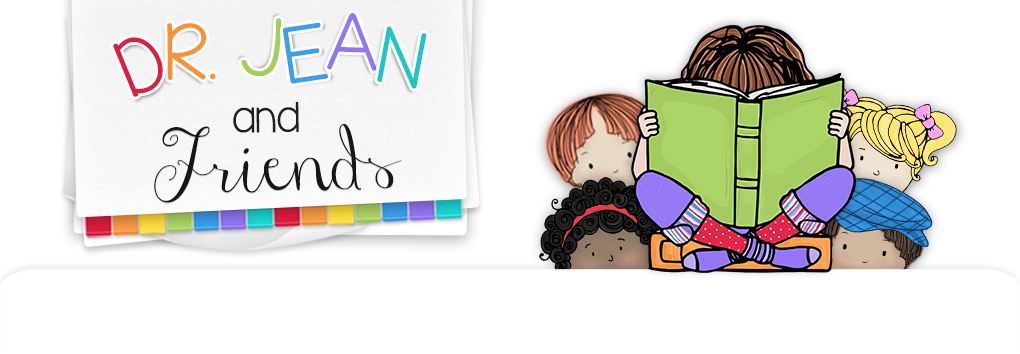Have you ever heard of the 20-80 principal? About 20% of your effort at something yields 80% of the results. In other words, you can teach smarter doing some simple things that can impact learning in a big way. You might want to try one of these questioning strategies each day and then reflect on the children’s responses.

1-2-3 Tell – Ask a question and then slowly count, “1, 2, 3.” When you say, “Tell,” the children all say the answer.
Thumbs Up Thinking – Tell children to stick up their thumb next to their chest if they have learned something. Stick up fingers for each additional thing you’ve learned.

Whisper & Release – Children whisper the answer in their fists. When the teacher says, “Release,” the students open their fists.
Right Now! Right Now! Right Now! – Children stop and freeze. Teacher asks, “Who can tell me something right now that they’ve learned that they didn’t know when they came to school this morning?”
Sign Language (Yes/No) – Teach children the signs for “yes” (wiggle fist in the air) and “no” (touch index and middle finger to thumb like a mouth closing). You can also use cards with “Yes” and “No” written on them.
How Much Do You Know? - Children hold up on their fingers from 1-5 to indicate how much they know about a particular topic.
Engage All Students - Call on students who raise their hands as well as those who don’t.
Phone a Friend – If children don’t know the answer, allow them to phone a friend (place hand by mouth and ear like a phone) for help.
*They could also “ask the audience” for help with an answer.
Pick Sticks – Ask each child to write his/her name on a large craft stick. Color one end green and one end red. Place the red end in the bottom of a can. Ask a question, and then choose a stick. That child gets to answer the question. Return their stick to the can with the red end up.

Think Partners – Divide children up into pairs and let them discuss answers.
Children can also review information by “teaching” a friend what they have learned.
Written Response – Ask children to write the answer to a question.
Illustrated Response – Have children draw the answer to a question.
Choral Response – Children answer in unison.
Brainstorm – Brainstorm as a large group, small group, or individually.
KWL – Know, Want to Know, Learned – When introducing a new theme or concept make a list of what the students already know about the topic and what they want to learn about the topic. During the study they can be encouraged to write what they are learning.
*KWL can be done as a class or individually.
Question of the Day – Write a thought-provoking question on the board each day. Take time to listen to children’s responses at the end of the day.
Student Created Questions – Let students generate their own questions for a review.

